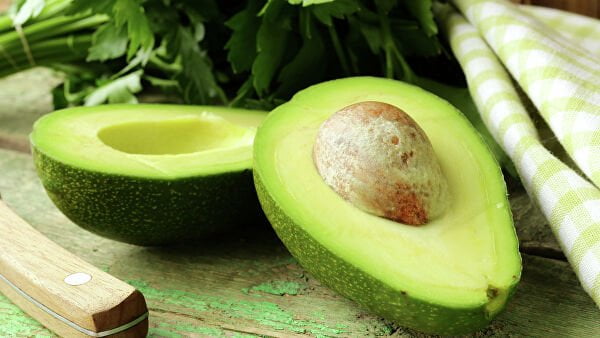It is important for vegetable, fruit, and berry producers to know which horticulture products are growing most significantly in the world since the demand for those products is constantly increasing. Today, the fastest-growing position in terms of world horticulture exports are avocados. Avocado sales in monetary terms are growing by $780 million annually. This information was presented by Andriy Yarmak, an economist for the Investment Centre of the Food and Agriculture Organization of the United Nations (FAO), during the national online conference “Horticulture of Tajikistan – the best investment niches,” which was held on March 16, 2021.
The event was organized by the EastFruit project with the support of the Food and Agriculture Organization of the United Nations (FAO) and the European Bank for Reconstruction and Development (EBRD). The partner of the event was the agro-media agency Sapienza.
Mr Yarmak noted that along with avocados, the volume of world blueberry exports is increasing annually by 14%, which in monetary terms is $500 million. Also, bananas, sweet cherries, and raspberries round out the Top-5 positions of world horticulture exports.
Among the products whose world trade is declining the fastest, there are popular positions for investing now such as almonds, apples, garlic, and even kuraga (dried apricots). “However, this does not mean that there is a decrease in the consumption of these goods or even a decrease in their sales. The drop in world trade is only an indicator that there is likely to be pressure on prices in these segments,” explained the FAO economist.
For producers in Tajikistan, the main target audience of the conference, Andriy Yarmak recommended using niche approaches in their search for investment-attractive horticulture products. He also gave the example of Morocco, a country with climatic conditions very similar to southern Tajikistan. He explained that Morocco learned how to effectively find attractive horticultural niches and that “Moroccan exports of fresh berries in the winter reached $500 million and greenhouse tomatoes were $800 million. Neighbouring Uzbekistan earned $70 million from greenhouse tomato exports and Turkmenistan earned $30 million. Meanwhile, Tajikistan continues to import greenhouse tomatoes.”
Read also: Avocados on the rise in Ukraine, Uzbekistan, Moldova, Tajikistan, and Georgia
Mr Yarmak named some attractive horticulture niches for investment in Tajikistan. Among them were the production of frozen and dried fruit and vegetable products, year-round cultivation and exports of fresh berries, cultivation of seedless early grapes for exports, premium quality large-fruited cherries, greenhouse vegetables, and various types of nuts. For apples specifically, he recommended focusing on growing early apple varieties for exports.
The FAO agricultural market export cautioned that in the course of planning one or more investments in the horticulture business, it is completely unacceptable for a producer’s business plan to be drawn up by sellers of seedlings. Business plans should be prepared by independent specialists. “It is also important to understand that product pricing announced in business planning, as a rule, should assume pricing for modified and finished products. Usually, business plans have had costs for the production of raw materials only. Investments in product refinement are often more expensive than investments in cultivation, but this is often forgotten. Marketing also costs money. Products do not sell themselves but many people forget about this also. Remember, unlimited demand for any product does not exist in nature – demand is always limited,” summed up Andriy Yarmak.
Below is a video of the full version of Andriy Yarmak’s presentation:
The use of the site materials is free if there is a direct and open for search engines hyperlink to a specific publication of the East-Fruit.com website.




